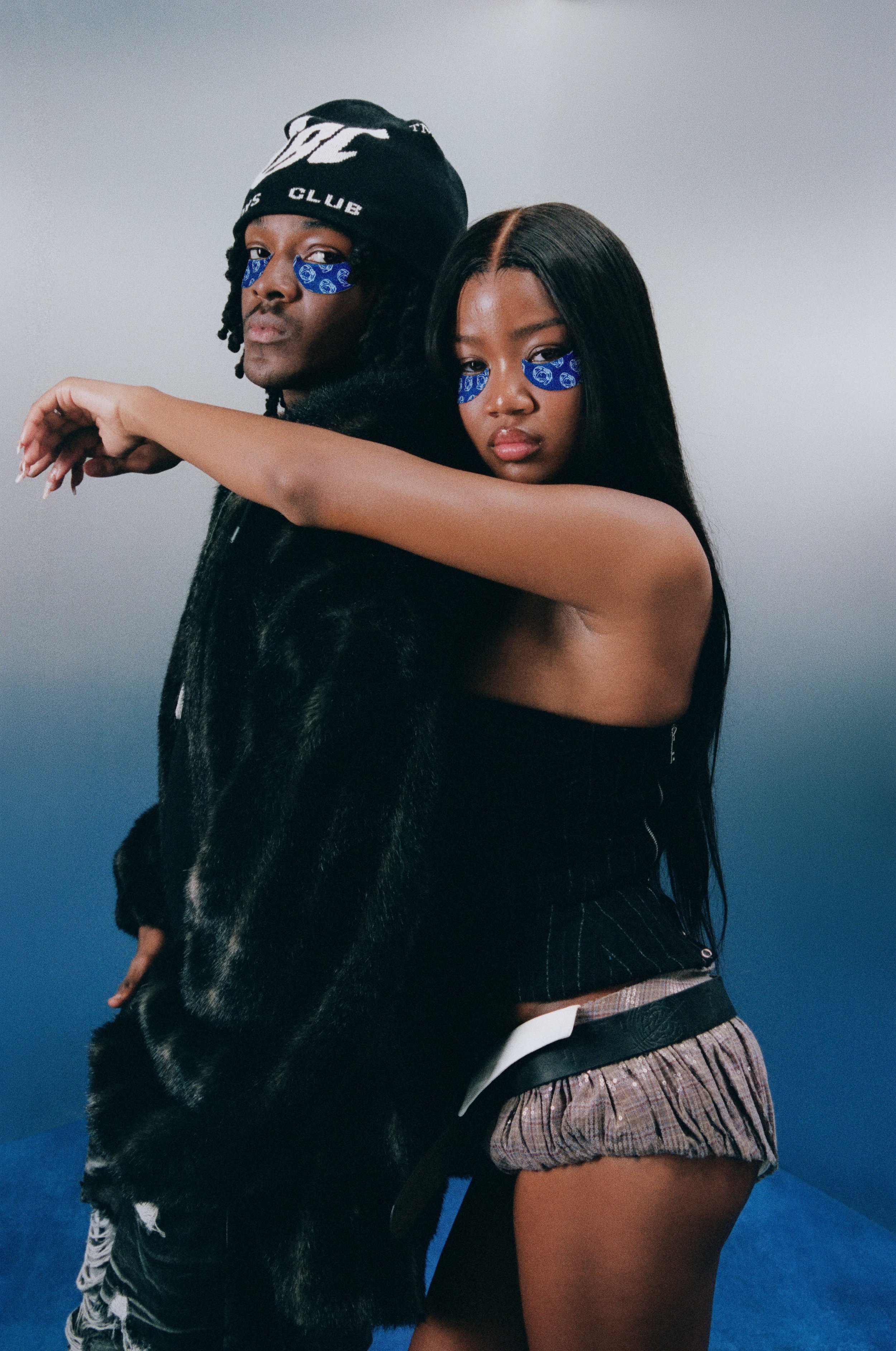From Design To Delivery: The Journey Of A Fashion Garment
By PAGE Editor
Have you wondered how a fashion garment goes from a designer’s inspiration to becoming the pride of your wardrobe? It's a fascinating journey, filled with creativity, precision, and meticulous planning.
From a simple idea, perhaps just a sketch on the back of an envelope to becoming the next big thing in all the fashion stores, the journey is long and complicated.
The process, while seemingly straightforward, involves a complex orchestration of various stages, each as crucial as the next. This article looks at the intriguing journey from design to delivery that every fashion garment navigates.
The Design Stage: A Fusion of Creativity and Technology
It all begins with a touch of creative inspiration. In an industry that embraces technology, it is nice to think that the genesis of every piece of apparel still needs that human spark of creativity. This spark is what fuels the design process, this is where ideas are transformed into tangible sketches.
What might start as a rough sketch is then digitized and refined through a series of steps:
· Digitization: The initial sketch is transferred into a digital format using design software. This allows for precise measurements and adjustments to be made easily.
· Refinement: Once digitized, the design can be refined. Colors can be adjusted, patterns can be added, and the overall design can be tweaked to perfection.
· Virtual Modeling: Modern technology allows designers to create a virtual model of their design.
· Feasibility Check: The design is also evaluated for its feasibility in production. This includes checking if the design can be practically manufactured and if the materials required are available and sustainable.
This fusion of creativity and technology in the design stage is where the journey of a fashion garment begins. You could also gain design inspiration by viewing successful dress designs online or renting dresses to get a feel of the texture, materials used, and garment quality.
The Transition from Design to Production: Turning Creativity and Inspiration into Reality
For the fashion designer, this is an exciting stage. This is where they get to see the fruits of their inspiration and toil turn into the reality of a tangible product. But it is also one of the most complex phases of the journey.
There are numerous stages to go through before a garment rolls out of the factory. Among these stages are:
· Material Sourcing: The first step in this phase is sourcing the materials needed for the garment. This involves selecting the right fabrics from current fabric , colors, and accessories that match the design specifications.
· Pattern Making and Grading: The digital design is used to create a pattern, which is a template for cutting the fabric. The pattern is then graded, or resized, to create different sizes of the garment.
· Sample Production: Before full-scale production begins, a sample garment is created. This allows for any final adjustments to be made and ensures that the design translates well into a physical product.
· Mass Production: Once the sample is approved, mass production begins. This involves cutting the fabric, sewing the pieces together, adding any final touches like buttons or zippers, and quality-checking each garment.
· Packaging and Shipping: The final step in the production phase is packaging the garments and preparing them for shipping. Each garment is carefully inspected, folded, and packaged to ensure it arrives at its destination in perfect condition.
Co-ordinating any production run is complex and fashion garments are no different. This stage involves a complex dance of precision, timing, and planning that is needed to turn inspiration into reality.
Smoothing the Journey: How Technology is Streamlining Fashion Garment Production
From the initial design to packaging and shipping, the journey of a fashion garment is long and complex. There are hundreds of processes involving different departments ranging from design studios to warehousing involved.
These components need to work together efficiently to ensure that the apparel does not appear on the shelves just in time to become yesterday’s thing. Fashion needs to be the next big thing, not old news. The bes will fail to bowl over consumers if they don’t arrive on the shelves until January.
Technology and automation are central to avoiding this, here are a few of the ways these tools are helping:
· Production Planning and Scheduling: Automation software can help with production planning and scheduling, ensuring that all processes are coordinated and that the garment is produced on time.
· Inventory Management: Technology can track stock levels in real-time, helping to prevent overstocking or running out of necessary materials.
· Quality Control: Automated systems can perform quality checks, ensuring that each garment meets the required standards.
· Shipping and Logistics: Technology can streamline the shipping process, ensuring that garments are delivered to stores or customers as quickly as possible.
Through these and other applications, technology is smoothing the journey of a fashion garment from design to delivery, ensuring that the latest styles are always ready to hit the shelves.
From Inspiration to In-Store: The Fashion Journey Completed
The journey of a fashion garment, from inspiration to in-store, is a complex ballet of creativity, precision, and technology.
It's a process that takes a simple idea and transforms it into a product that can inspire, captivate, and set trends. Each stage of this journey, from design to delivery, plays a crucial role in bringing the latest styles to the shelves. With the help of technology, this process is becoming more streamlined and efficient, ensuring that the fashion industry can continue to deliver fresh, exciting styles season after season.
HOW DO YOU FEEL ABOUT FASHION?
COMMENT OR TAKE OUR PAGE READER SURVEY
Featured











Miami Art Week 2025 Powered by Art Hearts Fashion closed out the year with a high-impact, citywide series of runway shows, designer debuts, and star-studded events across Miami’s most iconic venues, celebrating global creativity, inclusivity, and the intersection of fashion, art, and culture.